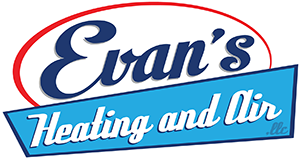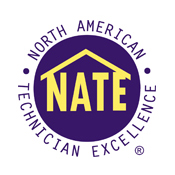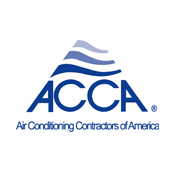Geothermal Heating and Cooling
No matter what climate you live in, the temperature throughout the year varies. For some climates that means blazing summers that cool to frigid winters. What many people don’t realize is that the temperature below ground (regardless of climate or season) stays fairly consistent all year.
The ground is able to maintain a higher rate of temperature consistency because it absorbs 47% of the suns energy (heat) as it hits the Earth’s surface. WaterFurnace geothermal systems are able to tap into this free energy with an earth loop. This technology is then used to provide your home or office with central heating and cooling.
Geothermal Heating
During the heating cycle, a WaterFurnace geothermal heat pump uses the earth loop to extract heat from the ground. As the system pulls heat from the loop it distributes it through a conventional duct system as warm air. The same heat energy can also be used for a radiant floor system or domestic hot water heating.
Geothermal Cooling
In the cooling mode, the heating process is reversed – creating cool, conditioned air throughout the home. Instead of extracting heat from the ground, heat is extracted from the air in your home and either moved back into the earth loop, or used to preheat the water in your hot water tank.
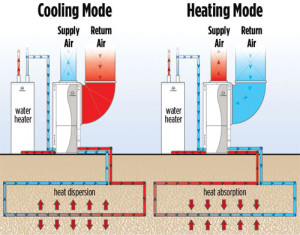
Geothermal vs. Geoexchange: what’s in a name?
Geothermal energy has been used to heat and air condition buildings for several decades, and during that time these geothermal systems have been called many different things. Some of the more popular variations include geo-thermal, geoexchange, ground-water, ground-water assisted, ground-water-source, water-to-water, and even our company name, water furnace heating and cooling.
Earth Loops
Three Basic Geothermal Energy Sources
Closed-loop systems circulate a water-based solution through a “loop system ” of small-diameter, high-density polyethylene underground pipes. Closed-loop systems can be installed horizontally, vertically or in a pond. Open-loop systems use an existing water well or surface water. Whether the system is open or closed, heat is transferred to or from the structure, regardless of outdoor temperature, to provide year-round comfort.
Horizontal Loops

Often used when adequate land surface is available. Depending on geothermal system needs and space available, pipes are placed in trenches that range in length from 100 to 400 feet.
Vertical Loops
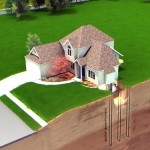
The ideal choice for a geothermal heat pump when available land surface is limited. Well drilling equipment is used to bore small-diameter holes from 100 to 400 feet deep.
Pond (Lake) Loops
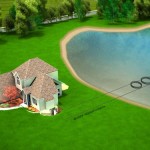
Very economical to install when a large body of water is available for use by the geothermal heating and cooling system. Coils of pipe are simply placed on the bottom of the pond or lake to capture the geothermal energy.
Open loops (Well-Water Systems)
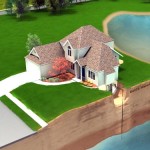
In ideal conditions, an open-loop application can be the most economical type of geothermal system. These use groundwater from a well as a direct energy source.
